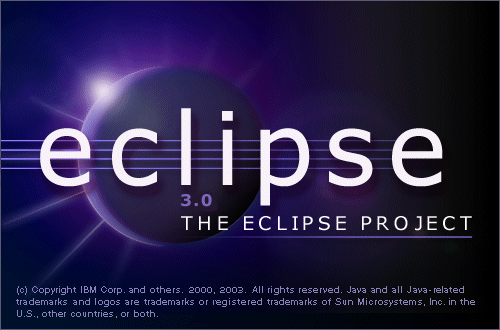Can't wait for Facebook to roll out "Timeline," the magazine-style makeover of profiles?
You too can be an early adopter. Just pretend you are a developer.
But warns TechCrunch's Greg Kumparak: The reason that Facebook has not yet turned on "Timeline" for all of its users is that it's not quite ready for prime time. So expect some bugs. Also, your friends won't be able to see the new design. And if you sign into your Facebook account from a different computer, your profile may go back to the old design.
1. Go to the Facebook developers page.
2. Click on the "Apps" button and give the app permission to access your information.
3. You will now find yourself on a page that gives you the option to "create new app." Click on that button.
4. Here you will enter an "app display name" and an "app namesake."
5. Read the "platform privacy policy" and check the box to agree to it. Click continue.
6. Click the "open graph" button on the left side.
7. Type in an action such as "watch" and "TV show" and click "get started."
8. Keep saving changes until you are done.
9. Wait a few minutes and then head to the Facebook home page. You will see a message to enable "Timeline."
 Among the demonstrations and previews of the “many-core age” to come, Intel’s CTO touched on the future of extreme scale computing. This topic gave the company a perfect opportunity to discuss their ten-year goal to create a 300-fold improvement in energy efficiency, moving power consumption down the scale to 20 picojoules per FLOP at the system level.
Among the demonstrations and previews of the “many-core age” to come, Intel’s CTO touched on the future of extreme scale computing. This topic gave the company a perfect opportunity to discuss their ten-year goal to create a 300-fold improvement in energy efficiency, moving power consumption down the scale to 20 picojoules per FLOP at the system level.





